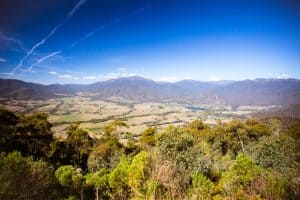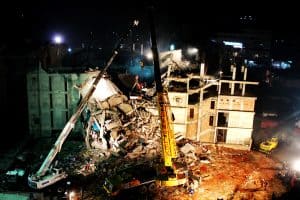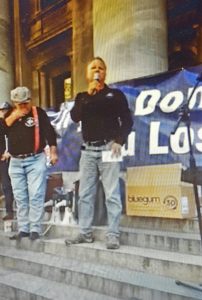
On 20 February 2017, WorkSafe Victoria issued a media statement about several recent fatalities. Below is the first couple of paragraphs with some highlighted text:
“Two men were killed and another suffered critical head injuries in three separate incidents at the weekend.
On Saturday, a man in his late 30s died when his quad bike overturned on a property at Reedy Flat, near Ensay, in east Gippsland. It has not yet been determined if the property is a workplace or a hobby farm.” (emphasis added)
Why was the status of the farm mentioned and how is this relevant?


 Following the resignation of Andrew Puzder, President Trump has nominated
Following the resignation of Andrew Puzder, President Trump has nominated 